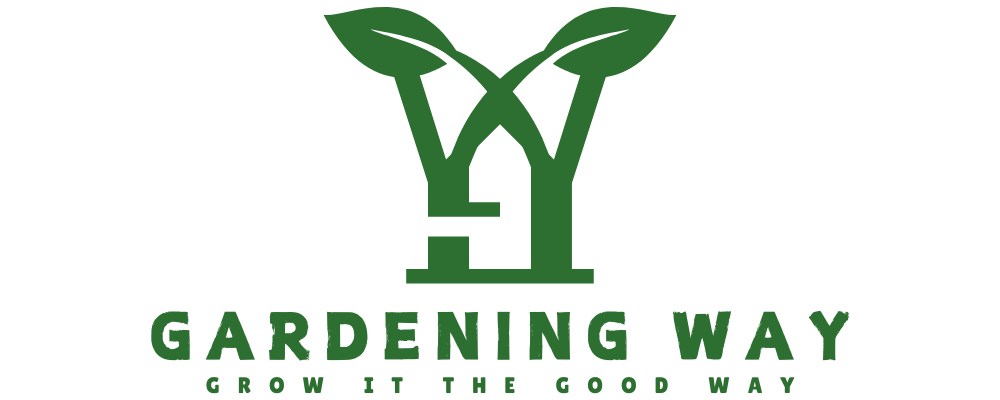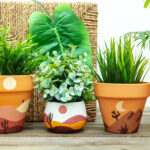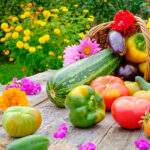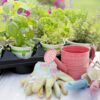Have you ever thought of soil as a living thing under your feet? Soil is often seen as just a background for our gardens. But, what if you knew that each teaspoon of healthy garden soil is full of tiny creatures? These creatures are key to your garden’s success. Understanding garden soil means seeing its complex ecosystem.
Billions of tiny beings live in soil, like bacteria and worms. They break down organic matter and cycle nutrients. These tiny heroes are crucial for your garden’s health. How you take care of your soil affects your harvest. So, soil for gardening is about creating a world that supports all life.
How can we best care for this vital foundation? We can add organic matter and use crop rotation. These steps are both an art and a science. By focusing on the soil, our gardens can thrive and be full of life.
The Living Ecosystem Beneath Our Feet
The world beneath our feet is alive and vibrant, not just dirt and rocks. It’s a living ecosystem vital for our planet’s health. Here, thousands of species, like fungi and bacteria, work together. They keep the soil healthy and support plant growth.
A single gram of soil can hold a kilometer of fungal filaments. These fungi, along with 70,000 other species in agricultural soils, are key to nutrient cycling and soil health. They make sure the soil is fertile, helping plants grow and boosting food production and biodiversity.
Soil is full of life, with a square meter of undisturbed soil hosting nearly half a million mites. This diversity rivals the Serengeti’s, but only a small part has been studied. Most of these creatures are still unknown to science.
Human activities, especially farming, threaten this ecosystem. Farming causes a lot of biodiversity loss and soil damage worldwide. It’s responsible for about 80% of deforestation and contributes to the global extinction crisis. As we need more food, taking care of our soil is crucial for a sustainable future.
Learning about soil’s biodiversity helps us farm better. For example, the link between plants and mycorrhizal fungi is vital for many ecosystems. By improving these relationships, we can use fewer chemical fertilizers. This reduces agriculture’s harm to the environment.
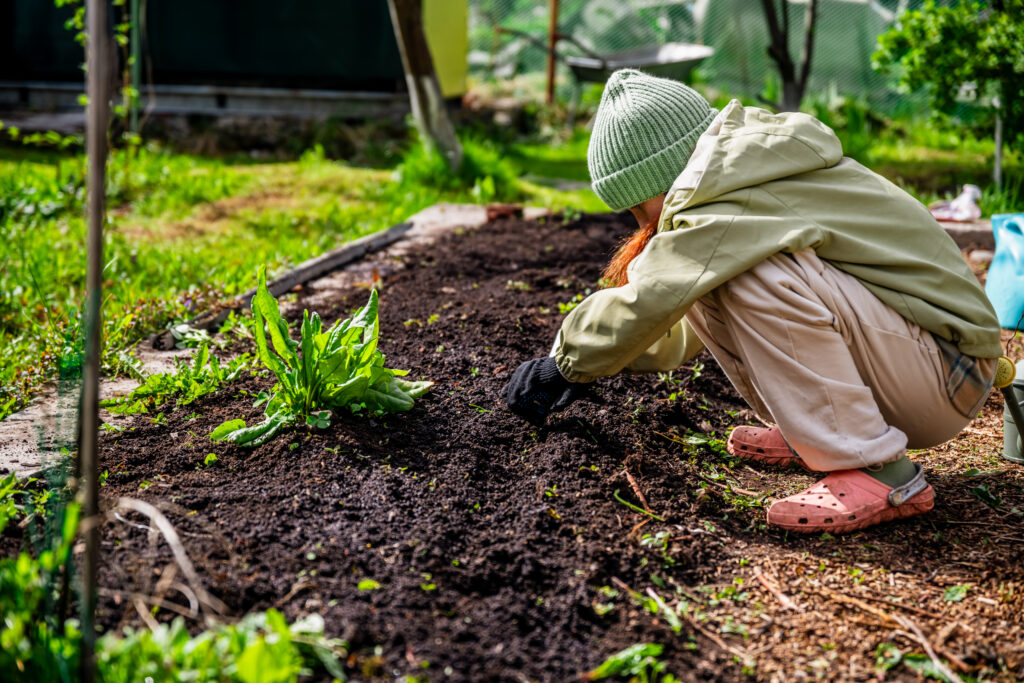
Keeping soil healthy protects our food supply and the planet. By understanding and valuing the life beneath our feet, we can make better soil and farming practices. This helps everyone, from tiny microbes to human societies worldwide.
Understanding Garden Soil: A Key to Garden Success
Starting your gardening journey means getting to know your soil well. It’s important to understand its texture, pH level, and nutrient levels. By improving your soil, you can make it better for your plants.
First, test your soil to see if it’s acidic or alkaline. This helps you pick the right plants and know what to add to the soil. For example, sulfur lowers pH levels, and limestone raises them. The Iron County UW Extension Office can help with soil tests and advice.
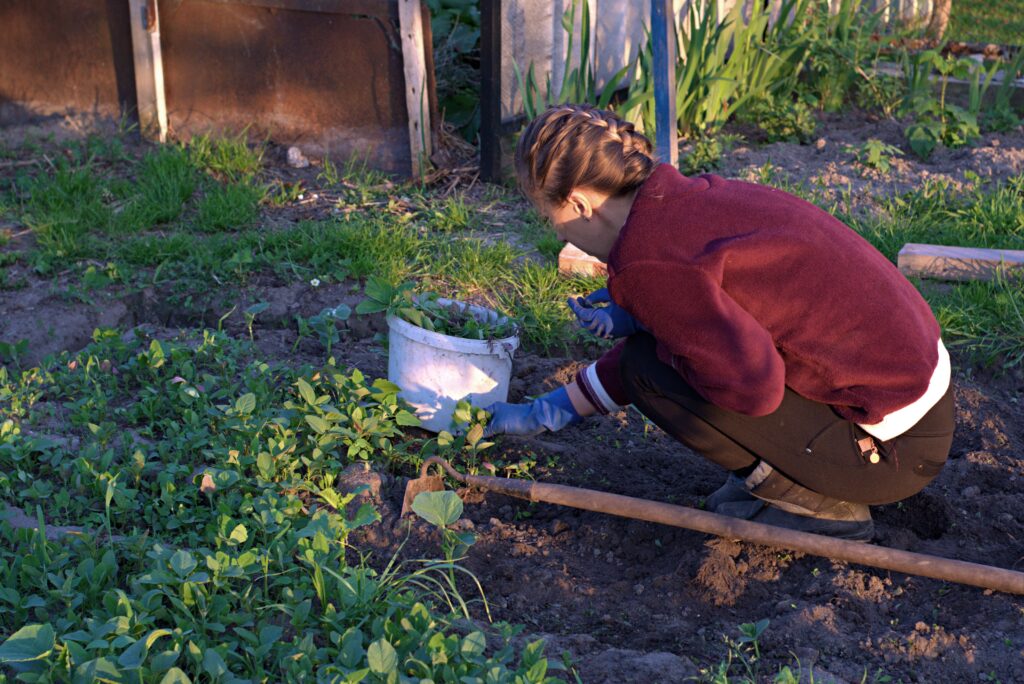
Adding organic matter is a great way to improve your soil. It helps sandy and clay soils drain better and hold more water. It also adds nutrients for healthy plants. Using products like Back to Earth compost and Soil Mender Expanded Shale can really help.
In places like the Midwest, knowing your soil type is key. Soils here are often loam or silt loam. But in the Western US, soils are often alkaline and need special care. Adding organic matter is crucial here to keep the soil fertile and moist.
Successful gardening starts with good soil preparation. Every change you make should help your plants grow better. Talking to experts like Bruce Spangenberg or using guides from GardeningWay can help you create the garden you dream of.
Types of Soil and Their Roles in a Garden
Knowing about soil types is key for having healthy garden soil. Each soil type has its own traits that affect how it holds water, gives out nutrients, and supports plant health. The main types are sand, silt, clay, and loam, each vital in garden health.
Sand soils drain water and nutrients fast because of their coarse texture. This is good for plants that like dry soil but not for those needing steady moisture. Silty soils, with their finer particles, keep moisture and nutrients longer, helping many plants. But, they can compact and hurt root growth if not managed right.
Clay soils drain slowly and get hard when dry or wet. Yet, they hold nutrients well, which is good if drainage problems are fixed. Loam, the best mix, combines sand, silt, and clay. It keeps moisture, allows air to get through, and gives steady nutrients.
Adding things like compost or manure can boost soil’s structure and nutrients. Organic matter helps sandy soil hold moisture better and makes clay soil drain well. Testing soil pH helps gardeners adjust their soil care, making sure plants grow well.
Whether you have sandy or loamy soil, improving it is key to a great garden. By knowing and improving your soil, you make a place where plants can flourish all year.
Soil Preparation: The First Step to a Healthy Garden
Starting a garden begins with a key step: soil preparation. Before you plant your first seed, it’s important to know and prepare your soil. This is crucial for a garden full of life and growth. Whether you’re growing spring flowers or vegetables, having healthy garden soil is key.
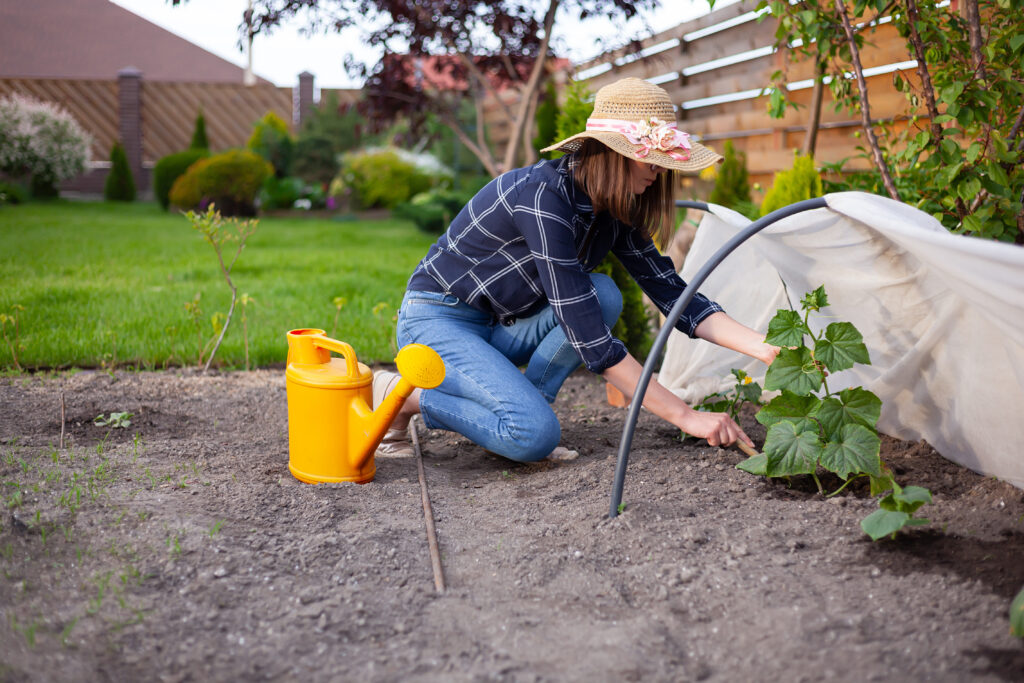
Adding over 50% compost to your soil makes it better for water and nutrients. This helps with microbial activity, which is good for healthy garden soil. Mulch, about half to one inch thick, helps control weeds and keeps soil moist, helping plants grow well.
If your soil is hard to work with, like clay, consider raised-bed gardens. They help with soil control and drainage, which is great for avoiding soil compaction. Knowing your soil type, whether clay, sandy, or loamy, helps with soil preparation. This ensures your plants will do well.
Keeping your soil’s pH between 6.0 and 7.0 is best for vegetables. Use garden lime or powdered sulfur to adjust it if needed. A soil test is a good first step, showing you what nutrients and pH levels you need.
Starting with soil preparation helps plants grow well now and keeps your soil healthy later. Spending time on soil preparation means a better garden for years to come.
Soil Improvement Techniques for Optimal Garden Health
For gardeners, soil is more than just a base for plants. It’s a living, changing environment that needs care and knowledge. Adding organic matter is key to making soil rich and full of life. Things like compost, leaves, and manure help by adding nutrients and improving how well the soil holds water.
Keeping the soil healthy means protecting its structure. Mulching helps by keeping moisture in, controlling temperature, and fighting weeds. Organic mulch also adds nutrients as it breaks down and saves water by reducing evaporation. Testing the soil regularly helps you know what nutrients it needs to support plants.
It’s important to avoid compacting the soil by not walking on garden beds. Using permanent paths helps keep the soil loose and ready for plants. These steps help make sure your garden stays healthy and strong.
Good gardening also means taking care of the soil. Rotating crops and using cover plants helps keep the soil healthy, fights pests, and prevents erosion. Adding organic matter in the fall lets it break down and be ready for spring. Different types of organic matter bring different benefits to the soil.
By focusing on these soil care methods, gardeners can create a rich, well-structured soil base. This supports strong plant growth and a healthy garden ecosystem.
